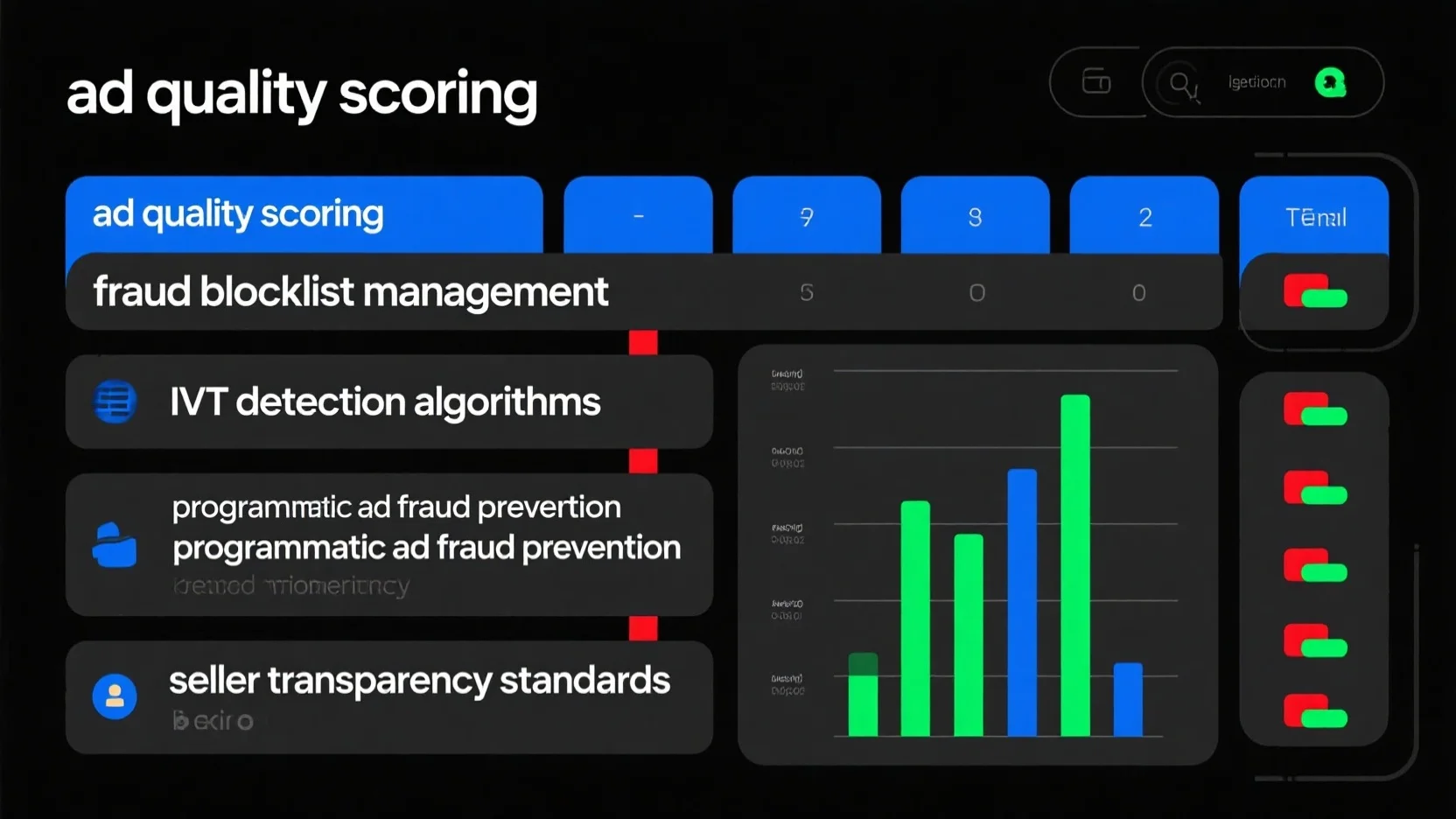
Comprehensive Guide to Programmatic Ad Fraud Prevention: IVT Detection, Seller Standards, Ad Scoring & Blocklist Management
In today’s digital advertising landscape, programmatic ad fraud is a major concern, with Ad Age estimating that a third of online ad spend is lost to fraudsters. Protect your investments with our comprehensive buying guide.